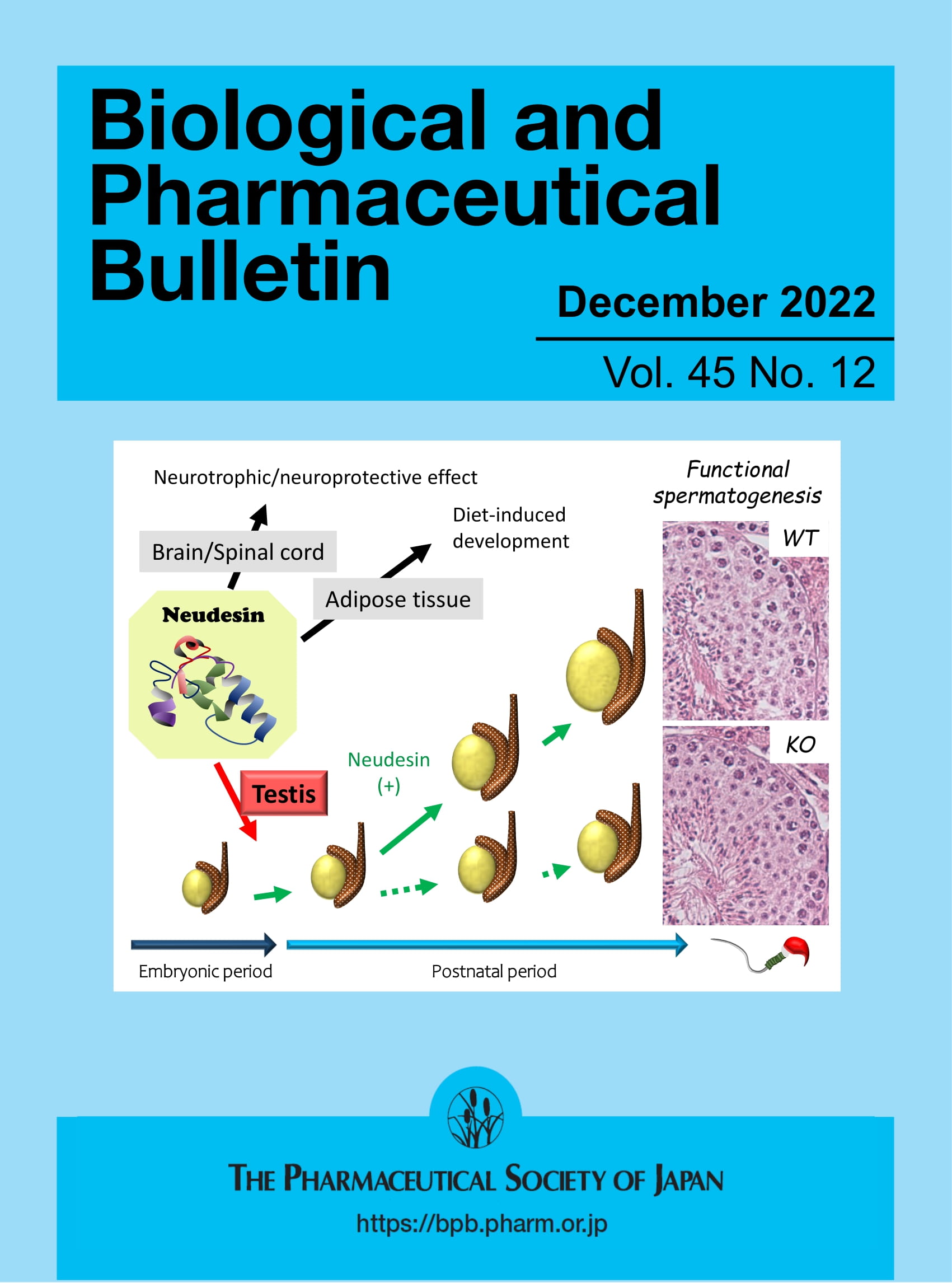Characterization of Mass Spectrometry Fragmentation Patterns Under Electron-Activated Dissociation (EAD) for Rapid Structure Identification of Nitazene Analogs
Abstract
Rationate
The emergence of synthetic opioids represents a complex and concerning development in the field of new psychoactive substances (NPSs). Nitazene analogs, also known as nitazenes or 2-benzylbenzimidazole derivatives, represent a recently emerging and popular subgroup of opioid receptor agonists. This study's streamlined approach aims to facilitate rapid and accurate structural elucidation of emerging nitazene analogs.
Method
Ultra high-performance liquid chromatography-quadrupole time of flight-mass spectrometry (UHPLC-QTOF-MS) with positive electrospray ionization (ESI) was employed to characterize 11 nitazene analogs. The mass spectrometry fragmentation pathways of the characteristic fragment ions under electron-activated dissociation (EAD) mode for nitazene analogs were determined from the high-resolution MS data.
Results
In the MS1 spectra under ESI, single-charge protonated molecular ion [M + H]+ and double charge ion [M + 2H]2+ were detected. The characteristic product ions in the MS2 spectra under the EAD mode were double charged free radical fragment ions [M + H]•2+, which were produced through the removal of one electron from the protonated molecular ions, alkyl amino side chain fragment ions, benzyl side chain fragment ions, methylene amino ions, and fragment ions formed by loss of the alkyl side chain from the protonated molecular ions.
Conclusions
The fragmentation pathways of the main fragment ions were elucidated based on the EAD-MS2 spectra. Based on the summarized mass spectrometry characteristics of nitazene analogs, a flowchart was developed to guide the structure prediction of novel nitazene derivatives encountered in forensic casework. EAD was recognized as a perfect technique for accurate structure prediction and identification of new emerging nitazene analogs.

 求助内容:
求助内容: 应助结果提醒方式:
应助结果提醒方式:


